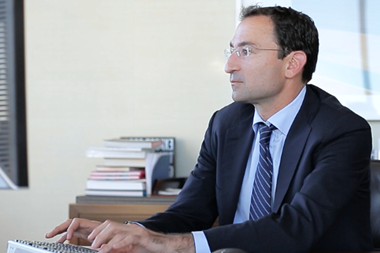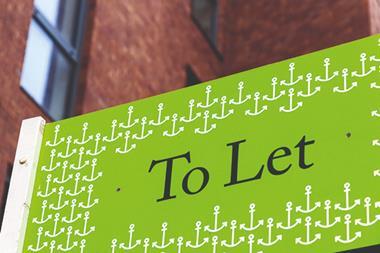The property world is, more than most sectors, a people industry. Technology, however, is evolving how we communicate.
Ask around and you will struggle to find anyone who is not of the view that technology has changed many aspects of the industry, mostly for the better. From the internet giving access to millions of properties across the globe to accurate laser measuring instruments, there are positive examples everywhere.
At Brookfield, we increasingly use new technology in our buildings and developments. Computers and smartphones provide ways to communicate with our occupiers in real time, as well as allowing us to communicate a vision for a future development scheme via interactive websites and other digital collateral.
However, while new technologies are good for speed, extended reach and greater inclusivity, they are no substitute for face-to-face meetings. In fact, technology is exactly the reason why meetings have become more important. Large parts of the property industry could, in theory, handle most things via email, video conferencing and virtual tours, etc, but it is the real face-to-face time that matters most.
Points can be lost when the default position is often “I’ll send them an email”, whereas picking up a phone or dropping in for a cup of tea may be better. (And no, I’m not yet modern enough to do coffee!) Electronic communication is usually the quickest and most efficient way for landlords and tenants to engage, but it simultaneously pushes us away from direct interaction, which leaks into other behaviours and produces standardised approaches.
Take the acquisition process for occupational property as a prime example of something that can now, for the large part, be devoid of personal contact.
I acknowledge that certain occupiers have very bespoke requirements, just as each landlord or developer operates in a different way. In isolated instances, a particular occupier may benefit by having its advisers set out their wishes by issuing a request for a proposal (RFP). However, this has evolved into a default approach that has been adopted by the tenant rep/occupiers services community to such an extent that it can now impair the occupier’s ability to secure its chosen accommodation or the optimum terms.
When I was a lad, the normal sequence for occupiers went something like: a viewing, followed by a request for five or six pieces of information, then further viewings, meetings, clarification of certain matters, verification of selected details, shortlisting of preferred options, revelation of identity (if not already known), concluding with the occupier submitting an offer to the landlord. Old fashioned, I hear some cry, but was this process really flawed?
How times change, as now one presentation or viewing can lead to receipt of a multi-page request for information (RFI) which is the forerunner of the RFP. (Are you still with me?)
The RFI is a junior set of hoops for the landlord to jump through and, depending on the level of performance, the prize is qualification to the next round of requirements in the form of an RFP. The RFP comes in many forms; the shortest I’ve received was three pages and the longest was 57 pages (including the technical specification criteria, to be fair, but no pictures for light relief!).
I appreciate that asking standard questions allows a neat, tidy and uniform analysis of the answers from each property, saving time and effort for the hard-pressed adviser. However, it rarely produces solutions tailored to individual parties. Why is a face-to-face meeting not a prerequisite at this point?
The ‘old fashioned’ method, involving face-to-face meetings and occupiers making individual offers for each property, demonstrated how the acquiring party wanted to approach the transaction. Landlords are usually more likely to respond positively to this style of approach, as they can concentrate resources on this bespoke approach for the property.
Furthermore, this more personal approach demonstrates time and effort invested by the occupier and its team. The RFP approach, by contrast, often just involves the regurgitation of a previous version which the adviser used or received previously with no meetings involved.
I accept that for many aspects of the property industry a standard approach for standard services is warranted, but surely when it comes to the acquisition of a property (either by lease or purchase), a more considered modus operandi over the sausage machine approach is warranted?
Sometimes we need to save ourselves from the detachment and ease that technology can provide.
Don’t get me wrong, I embrace change; change is usually better than no change at all, but I equally (and often with more enthusiasm) like to embrace the ‘if it ‘s not broken don’t fix it’ school of thought. For change to be beneficial, it should provide a demonstrable benefit over what went before.
Martin Wallace is head of leasing at Brookfield Office Properties
































No comments yet